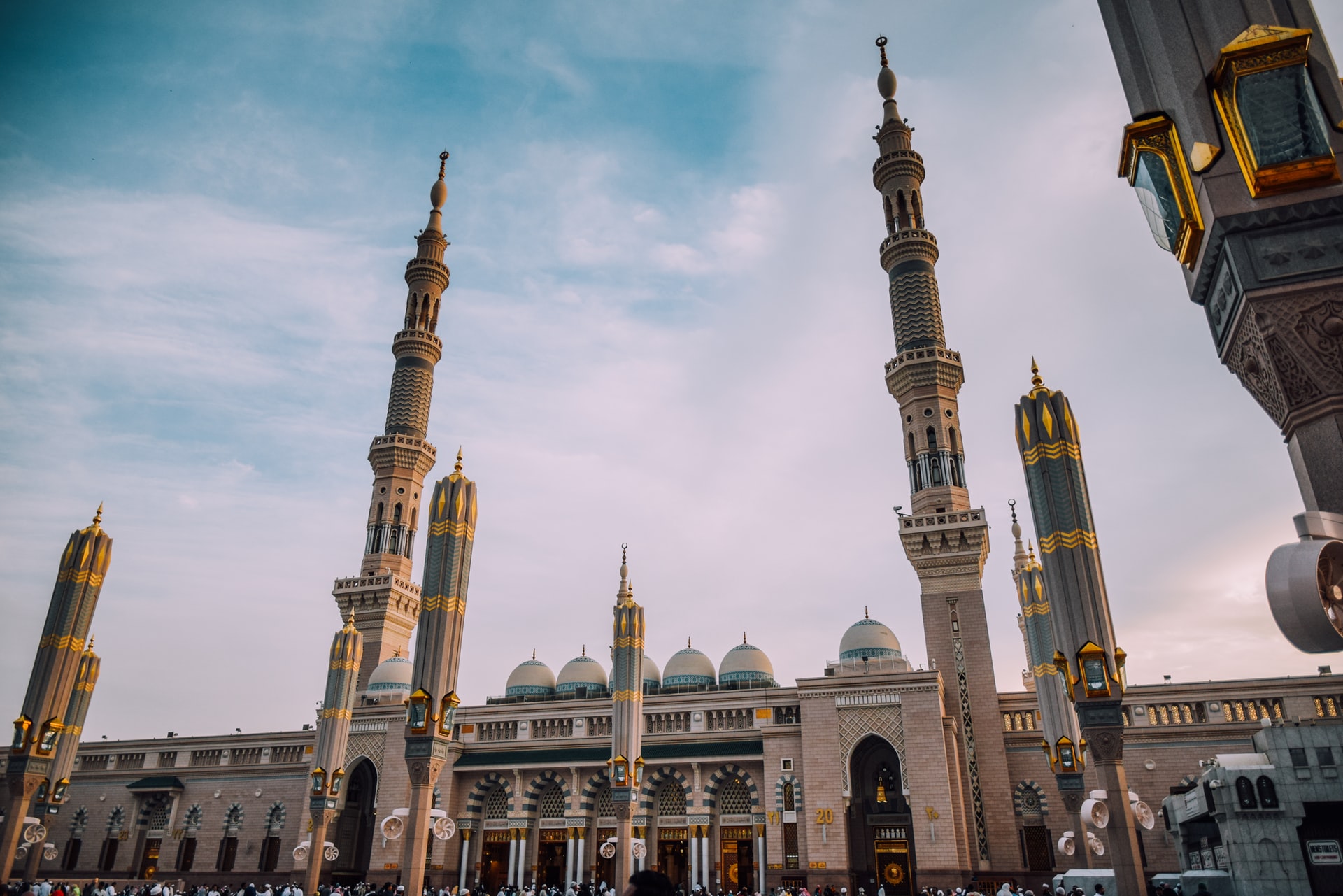Crude oil futures ticked up in response to OPEC+’s decision to keep crude oil output almost totally steady across the syndicate through April. While Russia and Kazakhstan were granted their own production hike of about 150,000 bpd, that is much lower than analyst expectations of a 1 million+ bpd hike. Saudi Arabia has a vested interest in not only holding the global oil community together, but in keeping prices buoyant so that they can continue to balance their domestic budget.
Additionally, plans are being laid for a significant secondary listing of shares in state-owned oil giant Saudi Aramco – a sale that would benefit from higher crude prices stronger free cash flows.
Related ETF & Stocks: Energy Select Sector SPDR Fund (XLE) , Invesco DB Oil Fund (DBO), Saudi Arabian Oil Company (2222.SR)
WTI crude futures vaulted above $66 per barrel last Friday on the news that the 23-country OPEC/non-OPEC coalition known as OPEC+ (each group headed by Saudi Arabia and Russia, respectively), decided to mostly maintain supply curbs on crude production. At their highest point, Brent crude futures surpassed $71 per barrel on the day.
The decision to hold production steady came in stark contrast to many analyst’s expectation that production would see a moderate hike. CNBC, for instance, reported that analysts expected OPEC+ to allow an increase of as much as 1.3 million barrels per day (bpd).
In the aftermath of the meeting, Goldman Sachs Group Inc. raised its Brent forecasts by $5 a barrel, now projecting the global crude benchmark at $80 in the third quarter. JPMorgan Chase & Co. increased its Brent projection by $2 to $3 a barrel and Australia & New Zealand Banking Group Ltd. boosted its three-month target to $70. Citigroup Inc. said crude prices could top $70 before the end of this month.
In the heat of the COVID-19 pandemic, OPEC+ agreed to cut output by 9.7 million bpd for two months from an agreed baseline level starting last May. The countries decreased those cuts to 7.7 million bpd between July and December. Eventually, the cuts were scaled back further to 7.2 million bpd from January. In an effort to hold the coalition together, OPEC’s de facto leader Saudi Arabia gave oil markets a surprise New Year present; a unilateral cut of 1 million bpd in February and March to stop inventories from building up.
That level of production, including the voluntary cut by the Saudi Kingdom, will be largely maintained until April. The only increases in production will come from Russia and Kazakhstan. Each of those nations can now increase production by 130,000 and 20,000 barrels per day, respectively. That’s an interesting development since it is the second major OPEC+ meeting in a row at which those same nations have been granted authority to individually increase production. Back in January, they were both allowed to raise their production by 75,000 barrels per day.
As MRP noted back then, the Saudi cut of 1 million barrels was effectively a transfer of market share to Russia – a means of appeasing their desire for more output without blowing up the OPEC+ syndicate. Keeping Russia happy by finding a middle ground between them and the rest of the international oil community is critical for Saudi Arabia’s goal of holding OPEC+ together for the long-term and avoiding another oil market implosion like the short-lived price war that broke out just before the pandemic.
On top of that, Saudi Arabia is probably happier to trade some of their own production for the potential of much higher prices…
To read the rest of this Market Insight, START A FREE TRIAL You’ll also gain access to: If you already have a subscription, sign in










